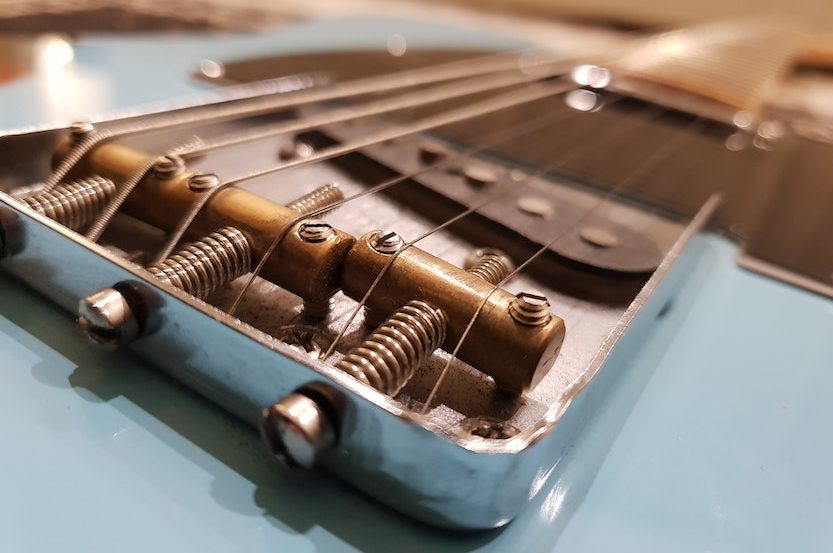
Why should you change your guitar strings? They’re not even broken!
The strings on your guitar wear down over time, which is why it’s common practice to change the strings every two to four weeks depending on how often you play.
Surprisingly, you may also have to restring a brand new guitar that you’ve just bought. That’s because the strings may already have been exposed to different temperature changes for weeks or months before the guitar ended up in your hands.
Finally, there’s no better way to make your guitar sound as brilliant as possible than by restringing. So let’s dive right into it!
What Do You Need to Change Your Guitar Strings?
The most obvious thing you’ll need is a pack of strings. It’s also important to check whether they’re nylon or steel and whether they’re for an acoustic or electric guitar.
Another thing to pay attention to is the gauge of the strings, which refers to the thickness. Thin strings are easier to play but don’t produce as full of a sound as the thicker strings.
Here are the tools you’ll need to restring your guitar:
- Bridge pin puller
- Lemon oil
- Polish
- Roadie 2
- Strings
- String winder
- Wire cutters
The Roadie 2 is optional, but there’s a good reason why we’ve included it in the list — so read on!

How to Change Your Guitar Strings in 15 Steps
Time to change those strings on your guitar. We’ve put together 15 easy steps you can follow to not only restring your guitar but also give it a well-deserved clean and polish at the same time.
Here’s how to do it:
- Remove the machine heads from the tuning pegs by turning them clockwise.
- Push the end of the bridge pin down into the guitar body — it can budge a bit.
- Remove the bridge pins once you’ve made them lose enough.
- Make a mental note of which strings go in which holes before removing them.
- Rub the lemon oil into the fingerboard and use the polish to give your guitar some shine.
- Find the ball end of your new strings and bend them about 45 degrees.
- Feed each string through the appropriate holes, starting with the thickest one.
- Push the bridge pins into the holes and make sure the string slots face towards the neck.
- Make sure the strings rest in the bridge pin slots before you push the pins into place.
- Pull each string gently to check that the ball end is at the bottom of the bridge pin.
- Draw each string over the saddle and top nut to the machine heads.
- Feed the strings through the tuning pegs, around the back, and under themselves.
- Fold the end of the strings over the top of themselves.
- Turn each machine head counter-clockwise until they get a bit tight.
- Cut the excess bits off of the strings using the wire cutters.
… aaand you’re done!

Don’t Let Yourself Be Strung Along
We almost forgot about the neat life hack! The Roadie 2 is actually able to reduce the number of steps you have to take to restring your guitar.
Head over to our guide on Restringing Your Electric Guitar to learn how the Roadie 2 can save you loads of time and effort.


